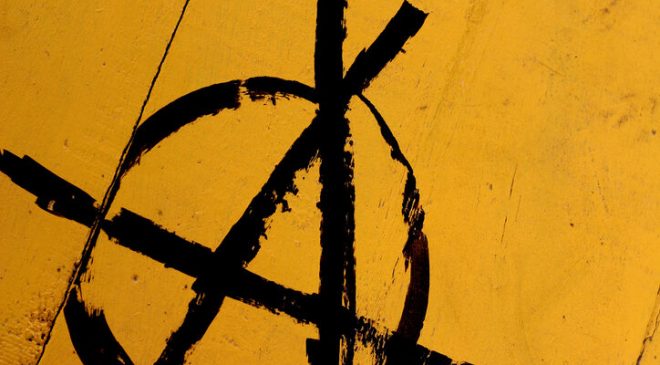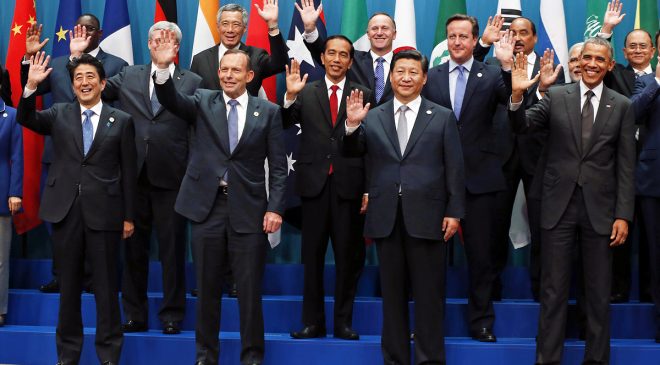Among the many valuable doctrines associated with the great Austrian economist Ludwig von Mises is his “critique of interventionism.” Originally published in German in 1929, then published in English in 1977, Mises’s book A Critique of Interventionism summed up his position this way:
In a private property order isolated intervention fails to achieve what its sponsors hoped to achieve. From their point of view, intervention is not only useless, but wholly unsuitable because it aggravates the “evil” it meant to alleviate….
If government is not inclined to alleviate the situation through removing its limited intervention and lifting its price control, its first step must be followed by others.
Two things to note here: First, Mises distinguished interventionism from state socialism, or central economic planning. Unlike central planning, Mises wrote,
Interventionism seeks to retain private property in the means of production, but authoritative commands, especially prohibitions, are to restrict the actions of private owners.… It does not seek to abolish private property in production; it merely wants to limit it.… [I]t seeks to create a third order: a social system that occupies the center between the private property order and the public property order. Thus, it seeks to avoid the “excesses” and evils of capitalism, but to retain the advantages of individual initiative and industry which socialism cannot bring forth.
With emphasis he wrote, “Intervention is a limited order by a social authority forcing the owners of the means of production and entrepreneurs to employ their means in a different manner than they otherwise would.”
Mises pushed the distinction between interventionism and state socialism hard, as when he stated, “Ever since the Bolsheviks abandoned their attempt to realize the socialist ideal of a social order all at once in Russia and, instead, adopted the New Economic Policy, or NEP, the whole world has had only one real system of economic policy: interventionism.” True, he said, some interventionists believe that system is temporary. Nevertheless, “all its followers and advocates fully agree that it is the correct policy for the coming decades, even the coming generations.”
Good Intentions
The other notable point is that Mises assumed that interventionists were public-spirited. This doesn’t mean he necessarily thought every interventionist had good intentions, but he was willing to grant this for the sake of argument. If he could show the flaws in interventionism even with this assumption, so much the better for his case. To some extent this distinguishes Mises’s argument from the Public Choice school’s case against intervention, in that the latter builds on the assumption that government officials are at least as self-serving as people in the private sector. Libertarian class analysis and F. A. Hayek’s thesis, in The Road to Serfdom, about “why the worst get on top” caution us against thinking that people in government are no different from people in the private sector.
For Mises, the classic case of intervention and the process it sets in motion is the price ceiling. Milk is expensive, and low-income families have trouble buying all they need. A public-spirited legislator sponsors a bill to set a maximum price with the intention of making milk more accessible. But rather than making it more accessible, it becomes less accessible. Why? If the legislated price ceiling is below the cost of production, producers will withhold supply or leave the market, leaving some demand unsatisfied.
By assumption, this is not what the interventionists wanted, so (unless they understand economics) they must do more. They might decree that all the supply be brought to market, impose rationing on consumers, or legislate price and wage controls for the milk producers’ suppliers and workers. Eventually “the controls must encompass all branches of production, the prices of all goods and all wages, and the economic actions of all entrepreneurs, capitalists, landowners, and workers,” Mises wrote. “If any industry should remain free, capital and labor will move to it and thus frustrate the purpose of the government’s earlier intervention.”
The upshot for Mises is the incoherence and intrinsic instability of interventionism. It is incoherent because it “contradicts economic logic.” It is unstable because the third way can’t be sustained. “Government either abstains from limited interference with the market forces, or it assumes total control over production and distribution. Either [laissez-faire] capitalism or socialism; there is no middle of the road.”
No Clear Direction
It’s a powerful thesis, yet something is lacking. We see interventionist economies all over the world — including our own — that do not seem to be moving definitively in either direction. Over the last several decades we have seen episodes of deregulation — such as the Carter-era elimination of trucking and airline rules, and the Clinton-era banking deregulation — and episodes of regulation — such as the environmental legislation of the Nixon and later administrations, and the recent round of new banking regulations. Much of the time the economy occupies a narrow range. There is no clear move toward either laissez-faire or state socialism.
Can we save Mises’s doctrine? Enter Sandy Ikeda, the excellent Austrian economist at Purchase College, SUNY, and author of Dynamics of the Mixed Economy: Toward a Theory of Interventionism. This 1997 book has not gotten the attention it deserves. I can understand why interventionists would ignore it. Libertarians should be familiar with it.
Ikeda’s book is a sweeping start toward a unified theory of the different varieties of interventionism. Part of the book is a friendly critique of Mises’s critique of interventionism, aimed at resolving what Ikeda calls the Misesian Paradox — namely, that theoretically unstable mixed economies nevertheless predominate and persist in our world. As I understand him, Ikeda concludes that the mixed economy does have the features of instability that Mises attributed to it, but compared to its alternatives, it can appear stable. Ikeda writes,
The key to resolving this paradox is to realize that to claim the mixed economy is unstable is not the same thing as asserting that it is transitory.… The roads between the minimal and maximal states can thus be very long and winding, and state expansion very gradual.…
Somewhat paradoxically, therefore, it appears that the product of interventionism, the mixed economy, though unstable, is likely to be more enduring than the pure forms of either collectivism or capitalism, offering as it does a much wider range of (ultimately futile) adaptive forms than either of its rival systems. The inherent instability of interventionism thus drives the mixed economy through a variety of transformations that are denied to the other systems.
Relative Stability
Ironically, then, the unstable mixed economy is more stable than its alternatives. Mises wouldn’t be surprised at Ikeda’s claim that central planning is unstable. That was the conclusion of Mises’s economic-calculation critique of state socialism. But why does Ikeda say laissez-faire is unstable? Because, he writes, it is “highly sensitive to governmental error and to changes in ideological preferences (as well as exogenous shocks).” In other words, even a limited government is subject to the calculation and knowledge problems that plague totalitarian governments. And, it hardly needs pointing out, limited governments don’t stay limited.
Is there a lesson to be drawn from Mises’s critique? I think so. Intervention tends to beget intervention. Therefore, when you see a public problem, don’t look to government intervention for a solution. Instead, look for the previous intervention that created it — and work to have the offending legislation repealed.




